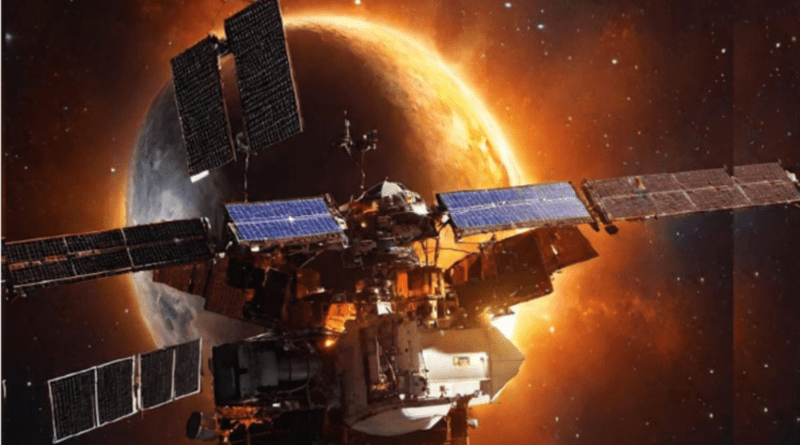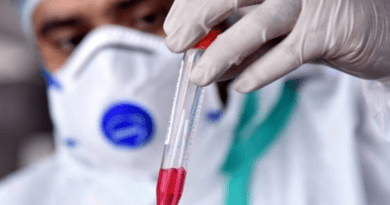The Revolutionary Aditya L-1 Seen Capturing The Fantastic Sun
The Indian Space Research Organization (ISRO) has unveiled a compelling film from its Aditya-L1 mission, marking a new milestone in India’s journey into solar exploration.
The Sun is captured by Aditya L-1:
Filters are employed by the telescope to yield comprehensive studies of the sun’s atmosphere, thereby unveiling characteristics like sunspots, plage regions, and the quiet sun.
The first full-disk near-UV photographs of the sun have been taken by the Solar Ultraviolet Imaging Telescope (SUIT) on board the This amazing accomplishment, which was revealed on Friday, represents a critical turning point in solar observation and study. Indian Space Research Organization’s (Isro) Aditya-L1 spacecraft.
The groundbreaking shots, which span a wavelength range of 200 to 400 nanometers, provide hitherto unseen glimpses into the photosphere and chromosphere of the sun, which are the translucent layer directly above and the visible “surface” of the sun, respectively.
On November 20, 2023, SUIT came online. On December 6, 2023, it successfully completed the pre-commissioning stage and took its first light science pictures.
Eleven distinct filters are employed by the telescope to yield comprehensive studies of the sun’s atmosphere, thereby unveiling characteristics like sunspots, plage regions, and the quiet sun. With the use of these filters, researchers may examine how the magnetic solar atmosphere interacts dynamically and how solar radiation affects Earth’s climate.
One of the seven payloads on board Aditya-L1, SUIT, was created by a group of fifty scientists, researchers, and students from Pune’s Inter-University Centre for Astronomy and Astrophysics (IUCAA).
The mission’s primary goals are to investigate fundamental issues regarding the kinetics of dynamic solar events, the photosphere’s energy transmission to the chromosphere and beyond, and the early kinematics of erupting prominences.
SUIT’s data will transform our understanding of solar atmosphere dynamics by illuminating the complex energy transfer and coupling mechanisms that occur within the sun’s layers.
On September 2, the polar launch satellite vehicle carrying Adity-L1 launched from Sriharikota, Andhra Pradesh. The spacecraft completed the second Earth-bound maneuver on Tuesday with success, reaching an orbit measuring 282 km by 40225 km.
“Aditya-L1 Mission”:
The second Earth-bound maneuver (EBN#2) is executed successfully.
The data from SUIT will revolutionize our knowledge of the dynamics of the solar environment by shedding light on the intricate processes of energy transfer and coupling that take place within the sun’s layers.
The polar launch satellite vehicle, which was carrying Adity-L1, took off from Sriharikota, Andhra Pradesh, on September 2. Tuesday was the spacecraft’s successful completion of its second maneuver within Earth’s orbit, attaining an orbit with dimensions of 282 km by 40225 km.
“Aditya-L1 Mission”:
The second Earth-bound maneuver (EBN#2) is carried out successfully from ISTRAC, Bengaluru. Aditya-L1 contains seven payloads dedicated to the complete study of the sun. ISRO developed five payloads, and two were designed by Indian academic institutes in partnership with the space agency.
Aditya-L1 has a five-year mission life, during which its payloads are expected to provide the most critical information for understanding the problems of coronal heating, coronal mass ejection, pre-flare and flare activities and their characteristics, space weather dynamics, and particle and field propagation.




